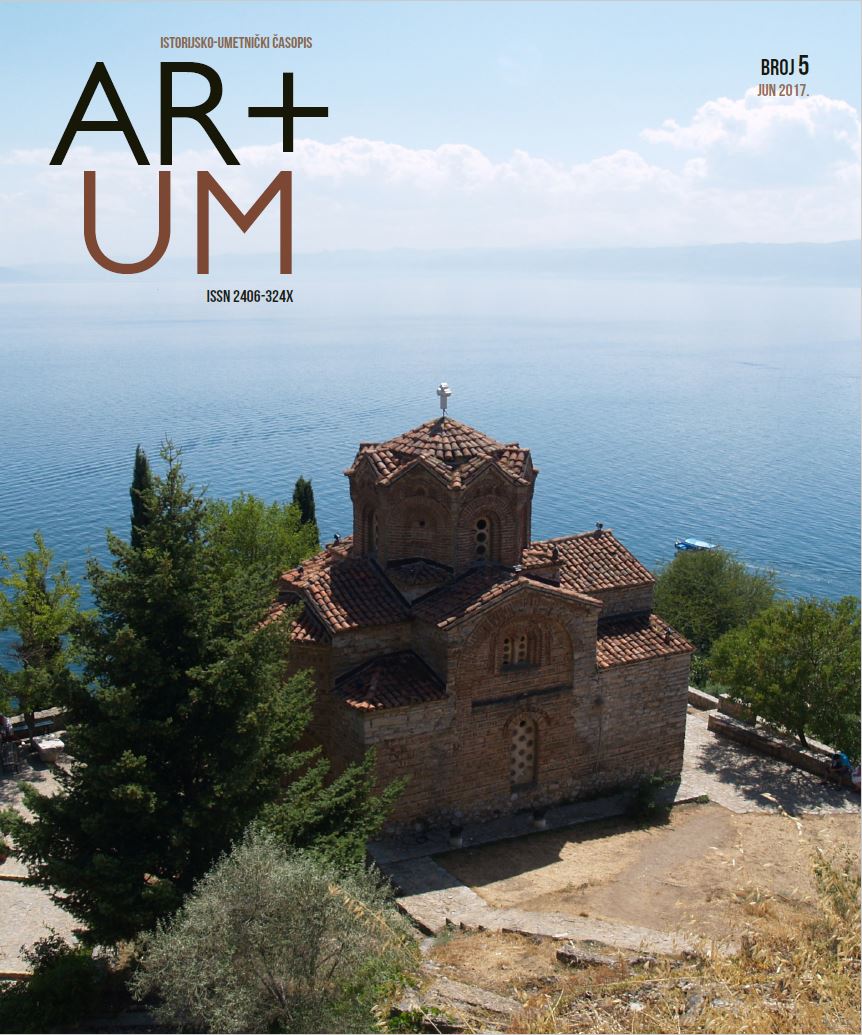Uloga sokolskih domova u modernizaciji jugoslovenskog društva (1918‒1941)
The Role of Sokol Halls in the Modernization of the Yugoslav Society (1918‒1941)
Author(s): Vladana Putnik PricaSubject(s): Architecture, Social history, Rural and urban sociology, Sociology of the arts, business, education, Interwar Period (1920 - 1939), Sports Studies
Published by: Филозофски факултет, Универзитет у Београду
Keywords: sokol hall;architecture;modernization;Yugoslavia 1918-1941;
Summary/Abstract: Although the Sokol movement was created in mid-19th century in Prague as a form of national awakening through sport, it was quickly adopted by the other Slavic peoples in Austro-Hungarian Empire. However, the Sokol movement reached its golden age during the interwar period, in Czechoslovakia and Poland as well as in the Kingdom of Serbs, Croats and Slovenes, later Yugoslavia. The reason for this sudden popularity and expansion of the Sokol movement resided in the fact that Sokol liberalist, but also pro-Yugoslav philosophy suited the ideology of Yugoslavism, promoted by king Aleksandar Ist Karadjordjevic. Therefore the period of king’s dictatorship was marked by the intensive construction of Sokol Halls in the entire country.During the period of Yugoslav society’s modernisation, Sokol Halls mostly represented the key and often only locations where cultural life was developed, especially in smaller towns. Sokol Hall was the centre where the Sokol Society, apart from sport activities in the gymnasium, practised its cultural and educational mission through numerous programs. Theatre plays, shows and dance evenings to film screenings were held in the same hall where gymnastics was practised. Apart from the cultural and educational contents, Sokol Halls were often the carriers of urban modernization. Numerous examples demonstrate that these objects had the best equipment in town, with new technology, materials and were often the first buildings with water supply, sewerage system and parquetry.Based on the presented facts, a specific review of the importance that these objects had in the interwar modernization of Yugoslav society will be made in this paper through the analysis of Sokol architecture and its educational role.
Journal: Artum - Istorijsko-umetnički časopis
- Issue Year: 5/2017
- Issue No: 5
- Page Range: 24-33
- Page Count: 10
- Language: Serbian

